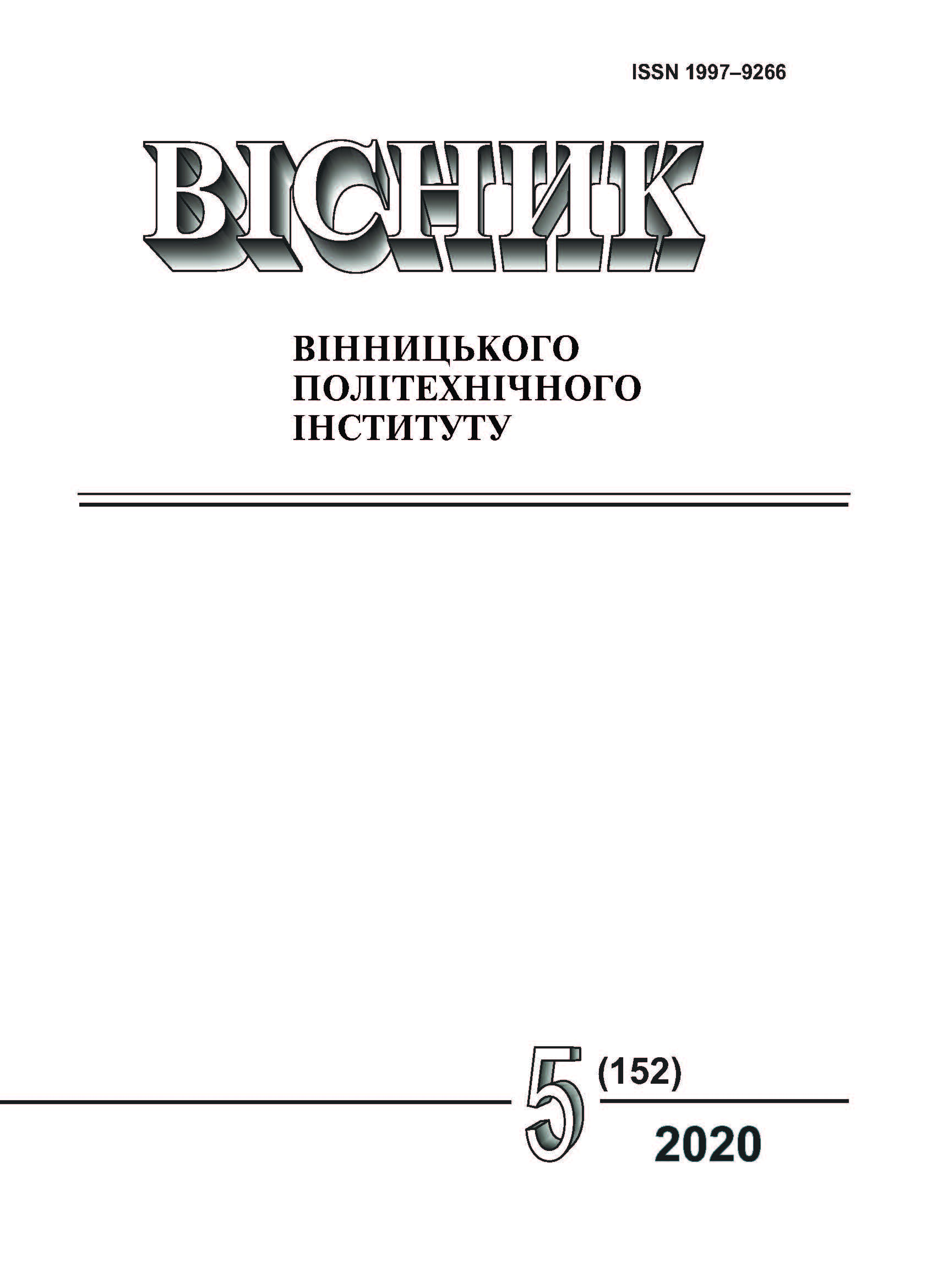Influence of Change of Disturbance Factors on the Level of Heat Transfer Coefficients on the Exterior Surfaces of Buildings
DOI:
https://doi.org/10.31649/1997-9266-2020-152-5-34-40Keywords:
wind speed, heat transfer coefficients, external surfaces, thermal regimeAbstract
This article analyzes the impact on the level of heat transfer coefficients of such factors as: outside air temperature and change in its speed. The object of study is a complex of buildings of the A. Pidgorny Institute of Mechanical Engineering Problems of the National Academy of Sciences of Ukraine.
To reduce energy consumption, it is necessary to determine the heat loss through the external enclosing structures of the A. Pidgorny Institute of Mechanical Engineering Problems of the National Academy of Sciences of Ukraine, taking into account the temperature of outdoor and indoor air, wind speed and direction.
To correctly determine the heat loss, it is necessary to determine the specified heat transfer resistance coefficient. Therefore, at the first stage, the coefficients of heat transfer on the external structures of A. Pidgorny Institute of Mechanical Engineering Problems of the National Academy of Sciences of the Ukraine are determined, which depend on the wind speed, its direction, changes in height, as well as the temperature of the outside air.
Project documentation of the A. Pidgorny Institute of Mechanical Engineering Problems of the National Academy of Sciences of Ukraine provided the following buildings: 16-storey building (building № 1); 2-storey laboratory (bench) building (building № 2); conference hall for 500 seats, building № 3; housing № 4, as well as the following ancillary facilities: air blower station (its compressor, dismantled); pumping circulating water supply; cooling tower; a separate checkpoint, a structure for civil defense vehicles.
On the basis of numerical modeling the analysis of character of flow around by a wind stream of the given building is carried out. The sizes of a zone of braking of a wind stream and also the sizes of a zone of its separation are defined. The formula for determining the specified heat transfer coefficient on the roof is given. Heat transfer coefficients are determined for each type of panel. As a result, on the windward side of the building, the heat transfer coefficients are determined depending on the pulsating component of the wind speed, taking into account the change in the latter in height. The heat transfer coefficients in the separation zone are determined depending on its size and speed in this area.
To determine the effect of external perturbations, the calculation of heat transfer coefficients is performed at t = –23 °С and t = –7 °С. As a result of the research it is shown that the specified heat transfer coefficient on the outer panels of the high-rise building of SP Mash NAS of Ukraine significantly depends on the speed and direction of the wind and its change in height.
References
Н. О. Орлова, «Вплив зовнішніх збурень на теплові режими будинків.» автореф. дис. канд. техн. наук, НАН України, Ін-т пробл. машинобуд. ім. А. М. Підгорного, Харків, Україна, 2008, 20 с.
ДБН В.2.2-15-2005, Державні будівельні норми. Будинки і споруди. Житлові будинки. Основні положення, [На заміну СНиП 2.08.01-89; чинні від 2006-01-01]. Київ, Україна: Мінбуд України, 2005, 35 с.
С. М. Гончарук, «Особливості теплопереносу в адміністративній будівлі з конвекторною системою опалення.» автореф. дис. канд. техн. наук, НАН України, Ін-т техн. теплофізики.
В. И. Леденев, И. В. Матвеева, Физико-технические основы эксплуатации наружных кирпичных стен гражданских зданий, учеб пос. Тамбов, РФ: Изд-во ТГТУ, 2005.
А. В. Лыков, Теоретические основы строительной теплофизики. Минск: Изд-во АН БССР, 1961.
Э. И. Реттер, Архитектурно-строительная аэродинамика. Москва, 1984.
Downloads
-
PDF (Українська)
Downloads: 78
Published
How to Cite
Issue
Section
License

This work is licensed under a Creative Commons Attribution 4.0 International License.
Authors who publish with this journal agree to the following terms:
- Authors retain copyright and grant the journal right of first publication.
- Authors are able to enter into separate, additional contractual arrangements for the non-exclusive distribution of the journal's published version of the work (e.g., post it to an institutional repository or publish it in a book), with an acknowledgment of its initial publication in this journal.
- Authors are permitted and encouraged to post their work online (e.g., in institutional repositories or on their website) prior to and during the submission process, as it can lead to productive exchanges, as well as earlier and greater citation of published work (See The Effect of Open Access).





